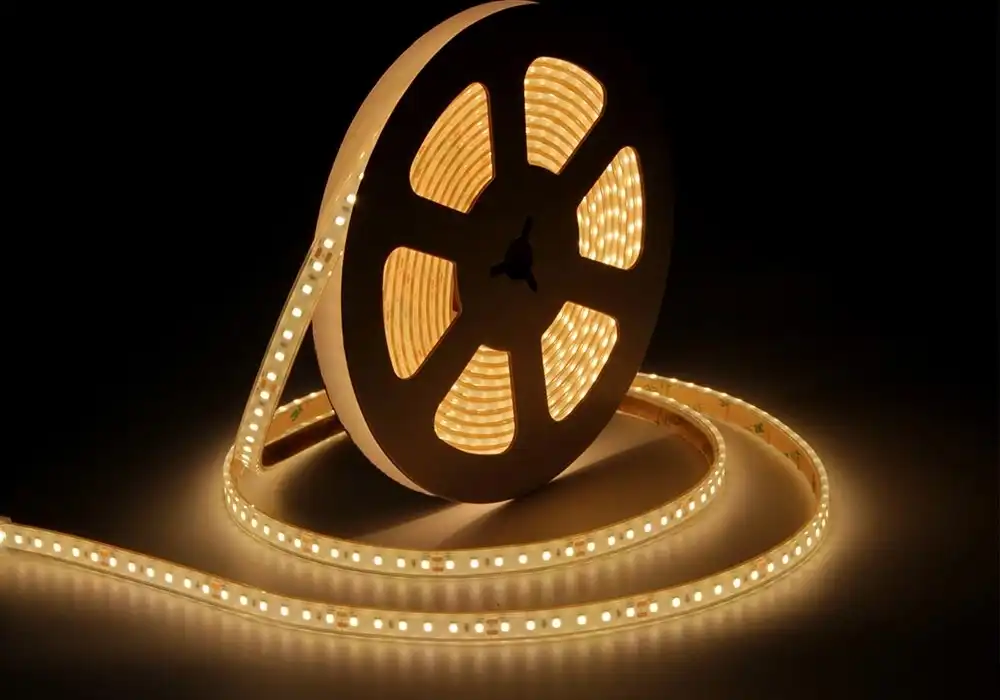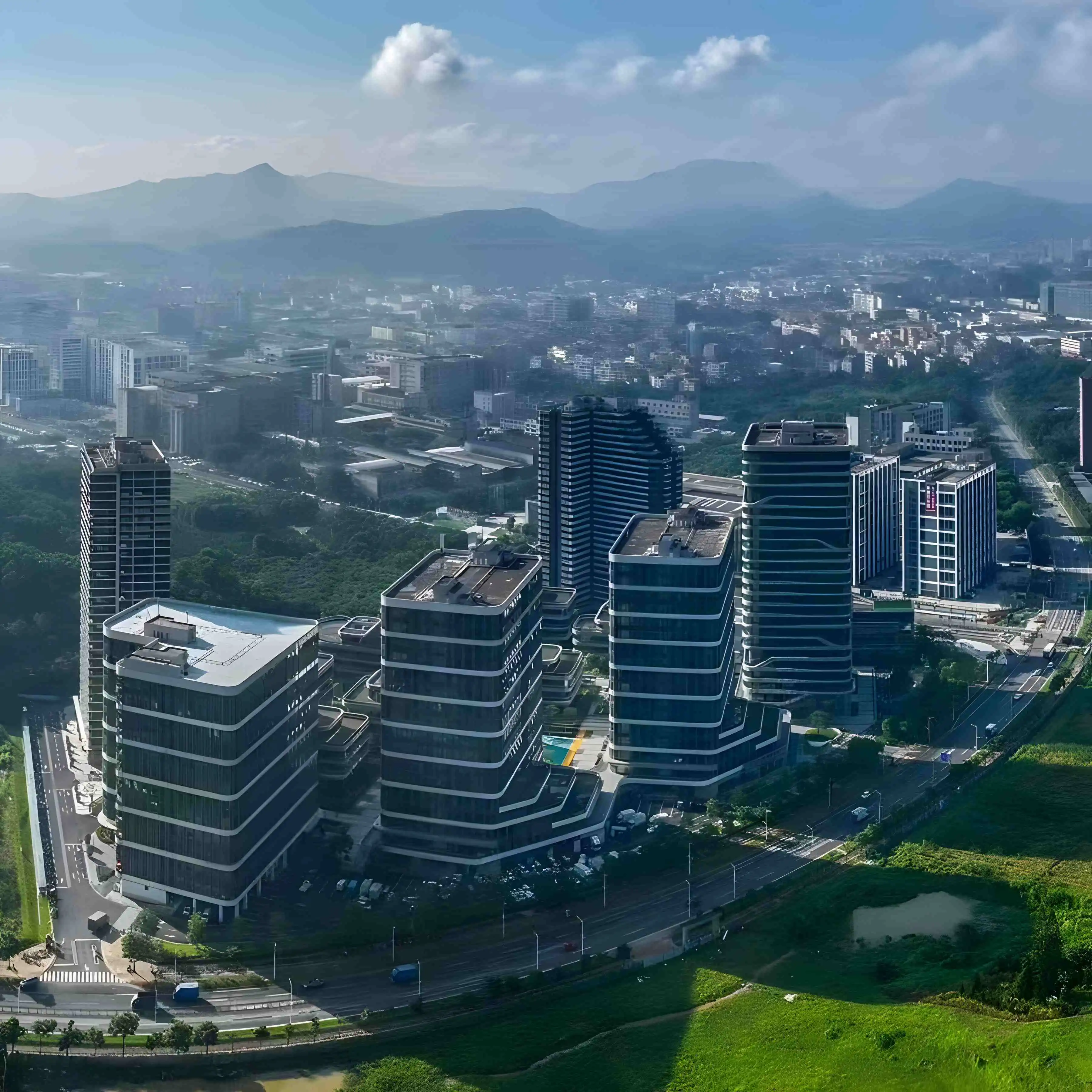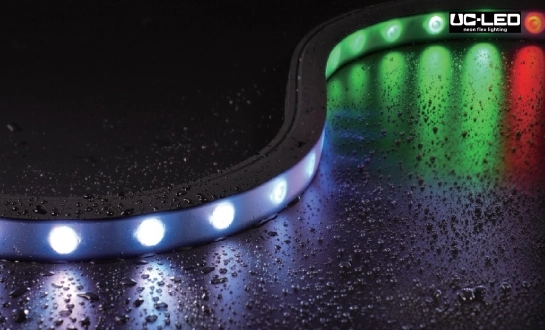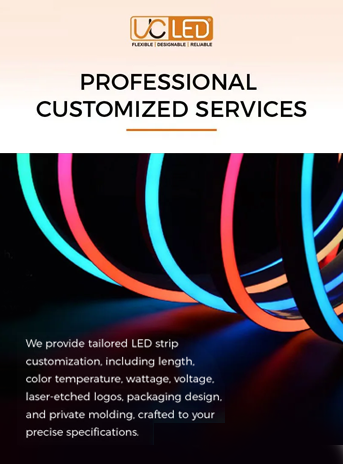Understanding the Challenges of Dusty and Humid Environments
Dusty and humid environments present unique challenges for lighting solutions, particularly in industrial settings like mining operations. These conditions can significantly impact the performance and lifespan of traditional lighting systems. Mining LED Strip Lights have emerged as a robust solution, capable of withstanding these harsh conditions while providing efficient illumination.
In mining environments, dust particles can accumulate on lighting fixtures, reducing their effectiveness and potentially causing overheating. Humidity, on the other hand, can lead to corrosion and electrical short circuits if moisture penetrates the lighting system. These factors necessitate specialized lighting solutions that can maintain performance and durability in such demanding conditions.
The Impact of Dust on Lighting Systems
Dust accumulation is a significant challenge in mining operations, where airborne fine particles are constantly present. Over time, these particles settle on lighting fixtures, forming a dense layer that blocks light emission and diminishes illumination efficiency. Beyond reducing brightness, accumulated dust can infiltrate unsealed fixtures, clog ventilation paths, and trap heat, leading to thermal buildup and eventual electronic component failure.
Mining LED Strip Lights are engineered with fully sealed, dustproof housings rated for harsh environments. Their robust construction prevents particle ingress, maintains optimal heat dissipation, and ensures consistent, reliable lighting performance even under the most demanding and dust-laden conditions underground.
Humidity-Related Challenges in Mining
High humidity levels within mining tunnels or underground operations create additional risks for lighting systems. Moisture condensation can form on or inside fixtures, increasing the potential for electrical short circuits, flickering, or complete system failure. Persistent dampness also accelerates corrosion of metallic components such as housings, connectors, and mounting brackets, weakening structural stability over time.
To combat these issues, mining-grade LED strip lights are built with high-quality moisture-resistant materials, waterproof coatings, and advanced sealants that offer strong protection against water vapor intrusion. This ensures long-term reliability, electrical safety, and stable illumination even in high-humidity or water-prone mining environments.

Key Features of Mining LED Strip Lights
Mining LED Strip Lights are engineered to address the specific challenges posed by dusty and humid environments. These specialized lighting solutions incorporate several key features that ensure their reliability and longevity in harsh mining conditions.
IP Rating and Waterproofing
One of the most vital features of Mining LED Strip Lights is their high IP (Ingress Protection) rating, which defines the fixture’s resistance to dust and water intrusion. For mining applications, an IP65 rating or higher is typically essential to guarantee safe and reliable operation in harsh underground or open-pit conditions.
These ratings indicate strong protection against fine particulate matter, mud, and high-pressure water jets encountered during cleaning or maintenance. As a result, the LED strips maintain their optical clarity, prevent internal corrosion, and deliver stable illumination even under continuous exposure to challenging mining environments.
Durable Construction and Materials
Mining LED Strip Lights are specifically designed to endure the extreme mechanical and environmental stresses of industrial sites. They are built with rugged materials such as heavy-duty silicone or epoxy encapsulation, which form a protective barrier around the LED chips and circuitry. This encapsulation prevents moisture, dust, and mechanical impact from damaging internal components.
In addition, housings and connectors are often made from corrosion-resistant metals or reinforced polymers, extending service life and minimizing maintenance requirements. Together, these durable design elements ensure long-lasting performance and dependability in demanding mining applications.
Temperature Resistance
Mining environments are characterized by drastic temperature fluctuations, often ranging from intense heat in active zones to freezing conditions in storage or ventilation areas. LED strip lights designed for such settings are engineered with specialized materials and thermal management systems that allow stable operation across a wide temperature range.
Advanced heat dissipation technologies prevent overheating, while flexible materials retain their integrity in low temperatures without cracking or warping. This broad temperature tolerance ensures consistent light output, improved reliability, and prolonged service life, regardless of the surrounding environmental conditions within the mining facility.
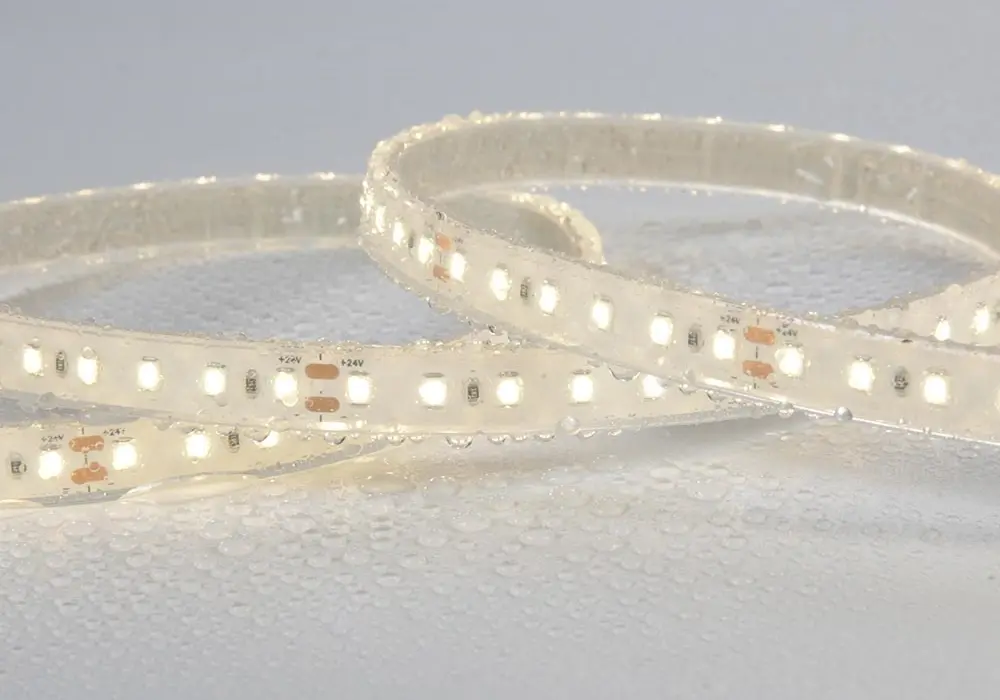
Installation and Maintenance Considerations
Proper installation and regular maintenance are crucial for maximizing the performance and lifespan of Mining LED Strip Lights in dusty and humid environments. These considerations help ensure that the lighting system continues to function optimally despite challenging conditions.
Proper Mounting and Sealing
When installing Mining LED Strip Lights, it is crucial to apply mounting methods that preserve the integrity of the fixture’s waterproof and dustproof sealing. Specialized mounting brackets, clips, or industrial-grade adhesives designed for the LED strip’s housing material should be used to avoid compromising its protective encapsulation. Careful attention must be given to sealing all joints, connectors, and cable entry points with waterproof gaskets or silicone sealants to prevent moisture ingress.
Improper installation can lead to micro-leaks that allow water or dust to infiltrate, causing corrosion or short circuits over time. Adhering to manufacturer installation guidelines ensures maximum longevity, electrical safety, and stable illumination performance even in harsh mining conditions.
Regular Cleaning and Inspection
Although Mining LED Strip Lights are designed with superior dust- and moisture-resistant properties, periodic cleaning remains essential to sustain optimal brightness and efficiency. Over time, airborne dust, oil residues, and mineral particles can accumulate on the surface, slightly reducing light transmission. Establishing a scheduled cleaning program using soft, non-abrasive cloths and appropriate cleaning agents helps maintain consistent illumination levels. In addition to cleaning, routine visual inspections should be conducted to identify signs of wear, corrosion, or cable damage.
Detecting these issues early allows for preventive maintenance, minimizing costly downtime, improving workplace safety, and extending the service life of the lighting system in demanding mining environments. Early identification of problems such as loose connections, worn seals, or damaged cables enables timely repairs before they escalate into major failures. This proactive approach ensures consistent illumination, maintains operational efficiency, and reduces the risk of accidents or production delays caused by inadequate lighting conditions.
Voltage and Power Considerations
Mining operations often face unstable power conditions, with frequent voltage fluctuations and transient surges caused by heavy machinery or long cable runs. Such variations can adversely impact LED performance, leading to flickering, overheating, or premature component failure. To mitigate these risks, it is important to use properly rated power supplies, surge protectors, and voltage regulators designed for industrial use. Ensuring correct voltage matching and load distribution across circuits enhances both efficiency and reliability. Additionally, all wiring and power connections should be insulated and protected against humidity to prevent short circuits.
A well-designed power management setup guarantees stable illumination, prolongs LED lifespan, and ensures uninterrupted operation in tough mining environments. By regulating voltage and preventing electrical surges, it protects sensitive LED drivers and components from damage. This stability not only enhances energy efficiency but also minimizes maintenance costs, reduces downtime, and supports safer, more reliable lighting performance in demanding underground or surface mining conditions.
Conclusion
Choosing the right LED strips for dusty or humid environments, particularly in mining applications, requires careful consideration of various factors. Mining LED Strip Lights offer a robust solution, combining durability, efficiency, and reliability. When selecting a supplier or manufacturer for these specialized lighting products, it's crucial to partner with experienced professionals who understand the unique challenges of industrial environments.
source: LED Light
FAQs
What IP rating is recommended for Mining LED Strip Lights?
An IP rating of IP65 or higher is typically recommended for mining applications to ensure protection against dust and water ingress.
How often should Mining LED Strip Lights be cleaned?
The cleaning frequency depends on the specific environment, but generally, a monthly inspection and cleaning schedule is advisable.
Can Mining LED Strip Lights withstand extreme temperatures?
Yes, high-quality Mining LED Strip Lights are designed to operate efficiently across a wide temperature range, typically from -20°C to 50°C or more.
Expert LED Strip Light Solutions for Challenging Environments | QUAN HE
QUAN HE Lighting Co., Ltd. specializes in premium linear lighting solutions, including Mining LED Strip Lights engineered for demanding environments. Our ISO-certified manufacturing facility and expert R&D team ensure high-quality, durable products tailored to your specific needs. With comprehensive OEM and ODM services, we deliver customized lighting solutions that excel in dusty and humid conditions. Trust our factory-direct expertise for your mining lighting projects. Contact us at Linda@uc-led.com for professional consultation and superior LED strip light solutions.

References
1. Johnson, M. (2022). "Advanced Lighting Solutions for Mining Operations." Journal of Industrial Illumination, 45(3), 112-128.
2. Smith, R. et al. (2021). "Durability of LED Strip Lights in Harsh Environments." International Mining Technology Review, 18(2), 76-89.
3. Chen, L. and Wong, K. (2023). "IP Ratings and Their Importance in Mining Lighting." Mining Safety Journal, 31(4), 203-217.
4. Harrison, P. (2022). "Energy Efficiency in Underground Mining Illumination." Sustainable Mining Practices, 7(1), 55-70.
5. Patel, S. and Lee, J. (2023). "Maintenance Strategies for LED Lighting in Industrial Settings." Industrial Engineering Quarterly, 29(3), 180-195.
